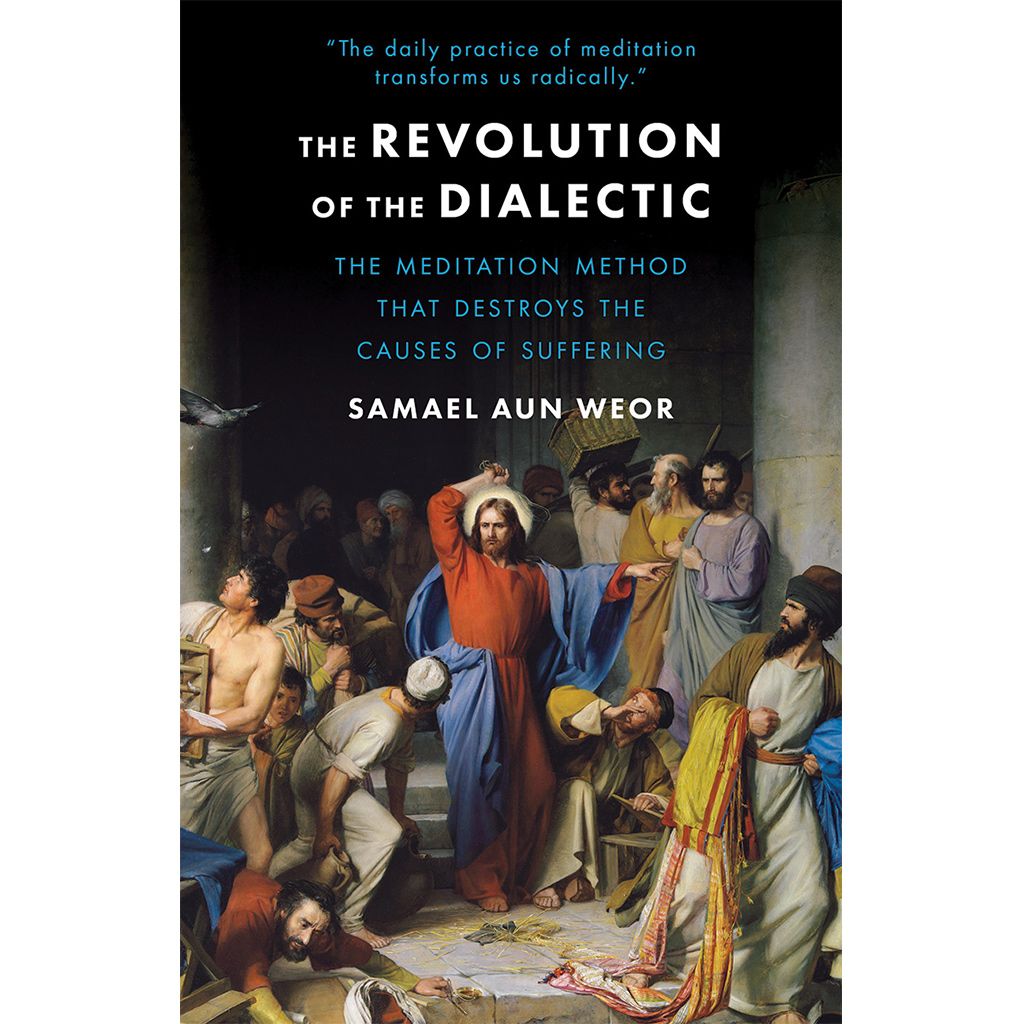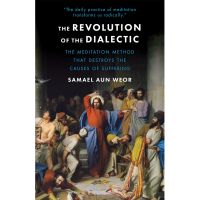Chapter:
2. Self-reflection
Let us not forget that the exterior is merely the reflection of the interior; this has already been stated by Immanuel Kant, the philosopher of Konigsberg. If we carefully study the Critique of Pure Reasoning, we certainly discover that the “exterior is the interior” (textual words of one of the great thinkers of all times).
The exterior image of a human being and the circumstances that surround him are the outcome of his self-image; these words “self” and “image” are profoundly significant.
Precisely in these moments, the photograph of James comes into my memory. Somebody took a photograph of our friend James and something interesting happened; in the photograph there appears to be two James: one that is very still, in a position of attention, with the face looking forward; the other appeared to be walking in front of him with the face in a different position. How is it possible that two James appear in one photograph?
I think that it is worthwhile to enlarge that photograph, because it might help us in order to show it to all the people who become interested in these studies. Obviously, I think that the second James would be the self-reflection of the first James; for it is written that the exterior image of a person and the circumstances that surround him are the outcome of his self-image.
It is also written that the exterior is merely the reflection of the interior. So, if we do not respect ourselves, if the interior image of ourselves is very mediocre, if we are full of psychological defects, of moral scum, unquestionably, unpleasant events will surge forth in the exterior world, such as economic and social difficulties, etc. Let us not forget that the exterior image of a person and the circumstances that surround him are the outcome of his self-image.
We all have a self-image. Outside of us exists the physical image that can be photographed; however, inside of us we have another image that cannot. To clarify this better, we will state that outside we have the physical and perceptible image and inside we have that image of a psychological and hyper-sensible type.
If on the outside we have a wretched and miserable image and if this image is accompanied by unpleasant circumstances, like a difficult economic situation, problems of all types, conflicts, whether at home, at work, or on the street, etc., this happens simply because our psychological image is wretched, defective and horrifying. Thus, we reflect our misery, our nothingness, that which we think we are, onto our environment.
If we want to change, we need to make a total and great change. Image, values, and identity must change radically.
In several of my books I have stated that each of us is a mathematical point in space that agrees to serve as a vehicle to a specific sum of values. Some serve as vehicles of wise values and others serve as vehicles of mediocre values. That is why each person is a different person. The majority of human beings serve as vehicles for the values of the ego, the “I.” These values can be positive or negative. Therefore, image, values, and identity are a single whole.
I stated that we must undergo a total transformation. Therefore, emphatically I affirm that identity, values, and image must be totally changed.
We need a new identity, new values and a new image. This is a psychological revolution, an inner revolution. It is absurd to continue within this vicious circle in which we presently move. We need to change integrally.
The self-image of a person originates his exterior image. For the term self-image, I allude to the psychological image that we have within. What could our psychological image be? Could it be that of the irate, of the covetous, of the lustful, of the envious, of the proud, of the lazy, of the glutton, or what? Wherever the image that we have of ourselves may be, or better said, whichever our self-image would be, this interior image will originate, as is usual, the exterior image.
The exterior image of someone, even if it is well dressed, could be that of someone needy. Is the image of the arrogant one, of the one who has become obnoxious, that does not have a grain of humility, perhaps a beautiful image? How does a lustful person behave; how does he live; what aspect does his bedroom present; what is his behavior in his or her intimate life with the opposite sex; perhaps he or she is already degenerated? What could be the external image of an envious person, of someone who suffers because of his fellowman’s well-being and who in secrecy harms others out of envy? What is the image of a lazy person who does not want to work and is dirty and abominable? And what is the image of a glutton...?
Therefore, the exterior image is indeed the outcome of the interior image. This is irrefutable.
If a person learns to respect himself, his life will then change, not only within the field of ethics or that of psychology, but also within the social, economic and even political fields. But this person has to change. That is why I insist that identity, values, and image must be changed.
The present identity, values, and image that we have of ourselves are miserable. This is the cause of why our present social life is full of conflicts and economic problems. In this day and age, nobody is happy; nobody is joyful. Therefore, can the image, values, and identity that we have be changed? Can we acquire a new identity, new values, and a new image? I definitely affirm that it is possible.
Unquestionably, we need to disintegrate the ego. We all have an “I.” When we knock at a door we are asked, who is it? We answer: “It’s me.” But, who is that me? Who is that myself?
Verily, the ego is indeed a sum of negative and positive values. We must disintegrate the ego, put an end to those positive and negative values. Then we can serve as a vehicle for new values, the values of the Being. Consequently, if we want to eliminate all the values that we presently have in order to provoke a change, we need a new didactic.


